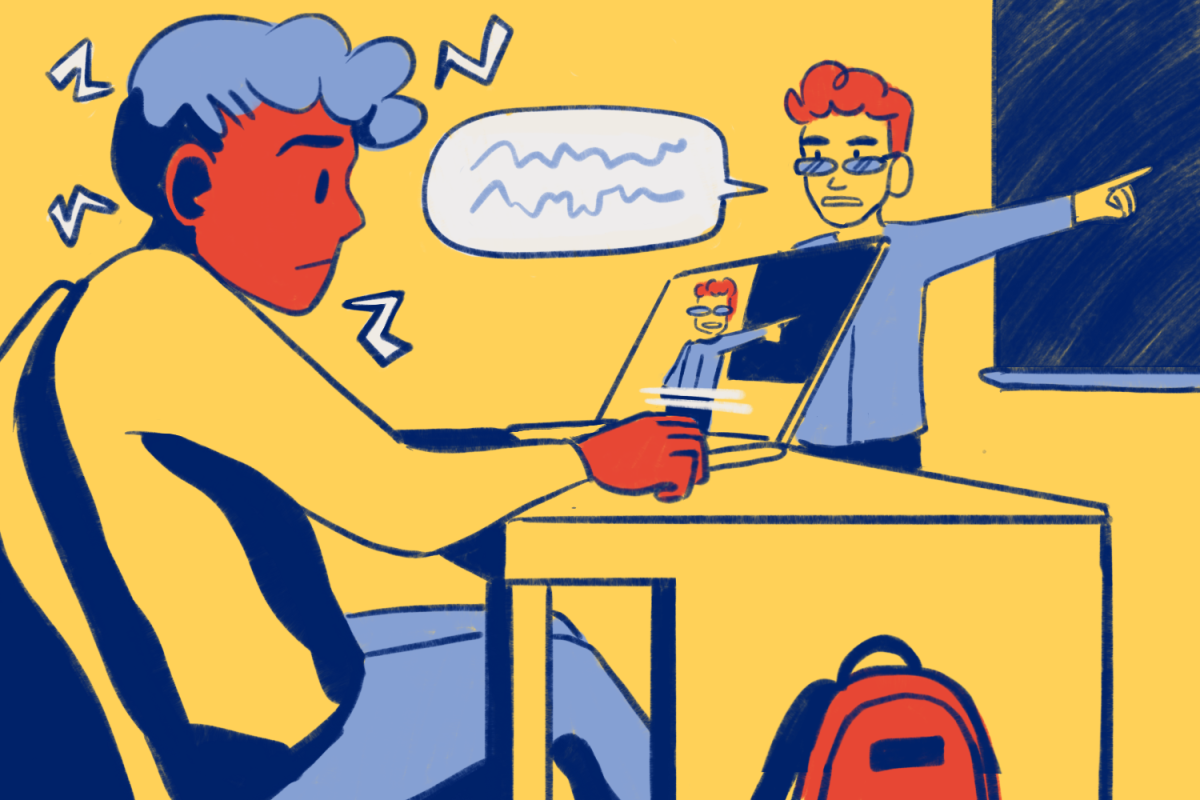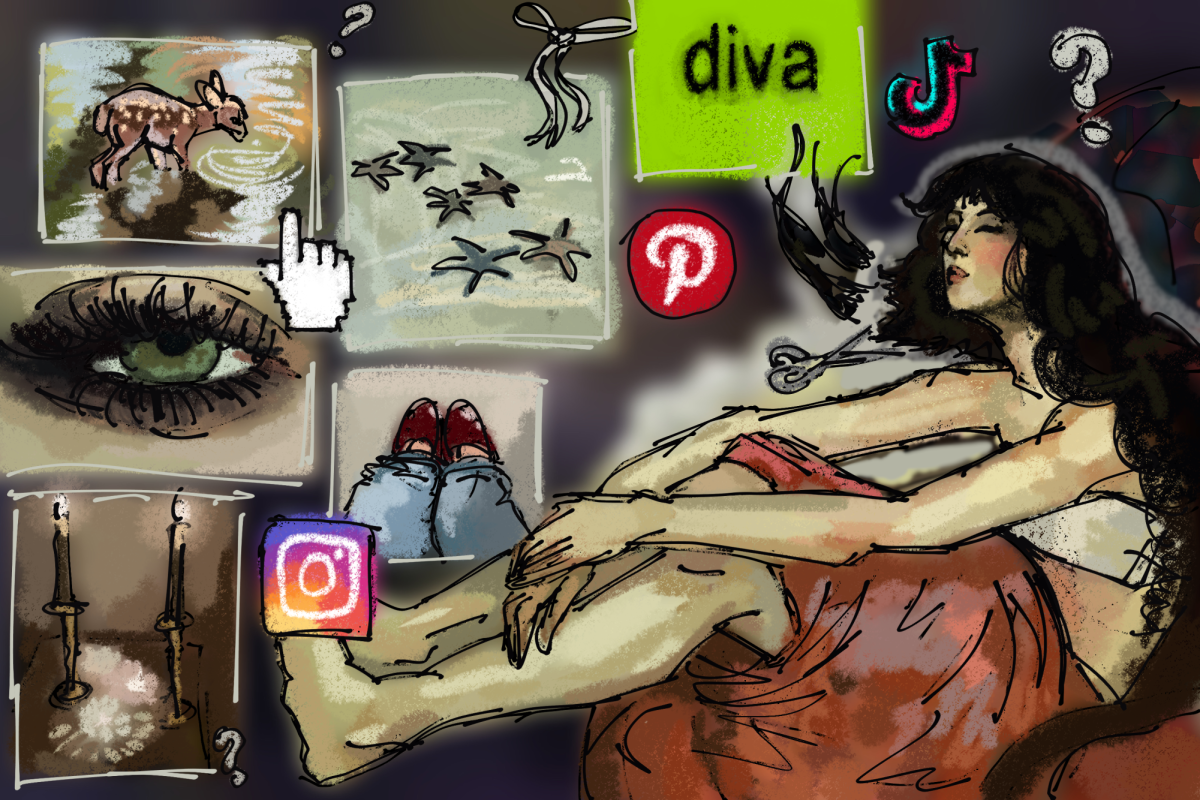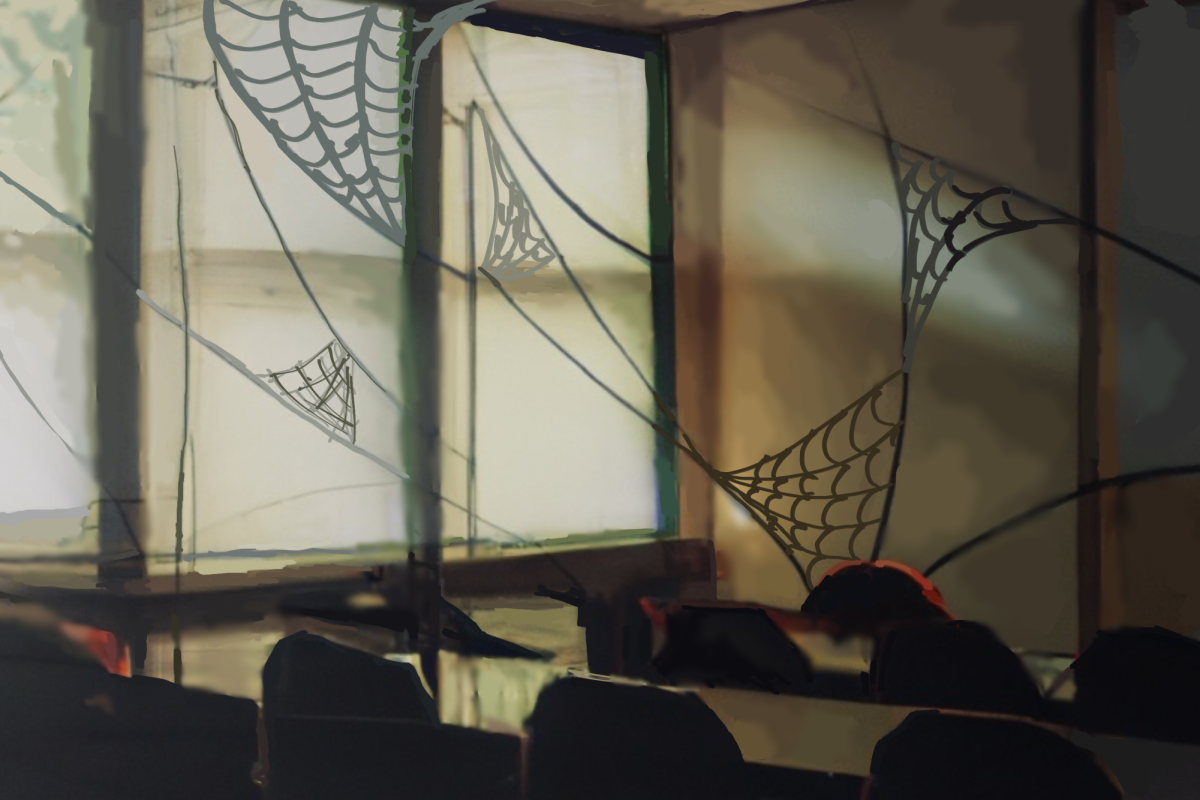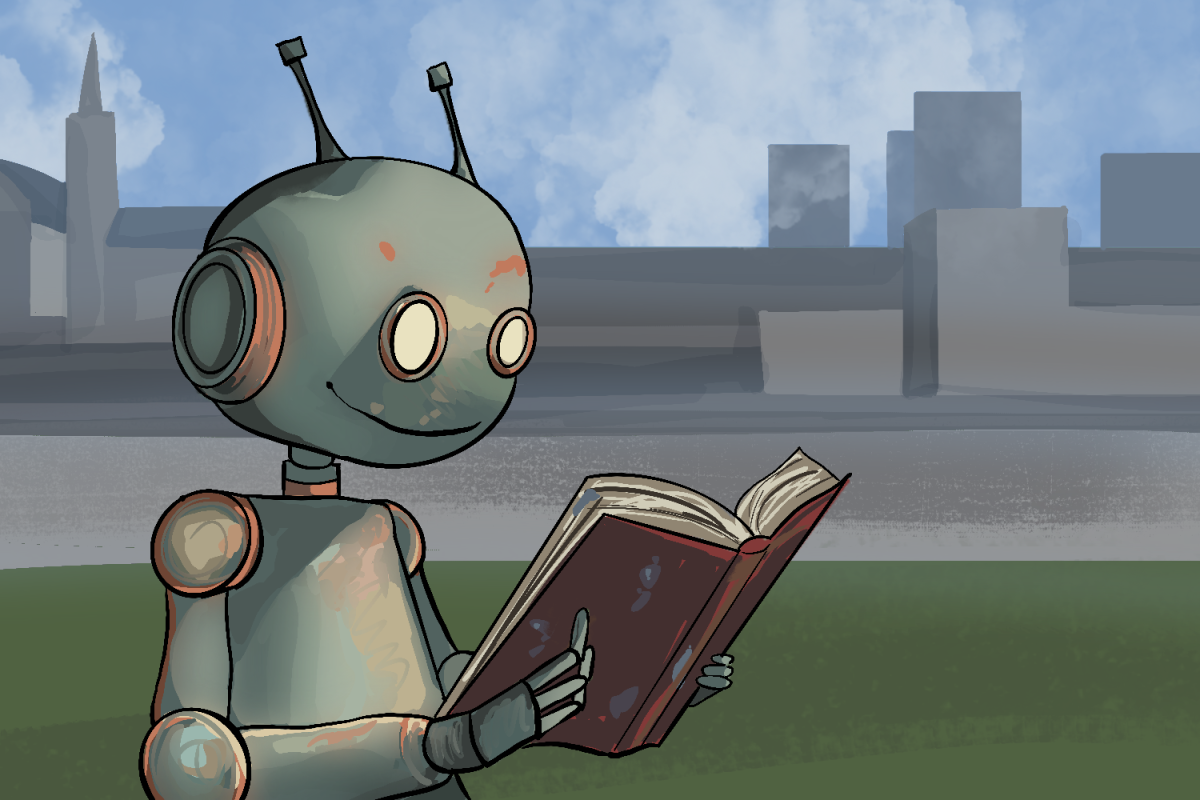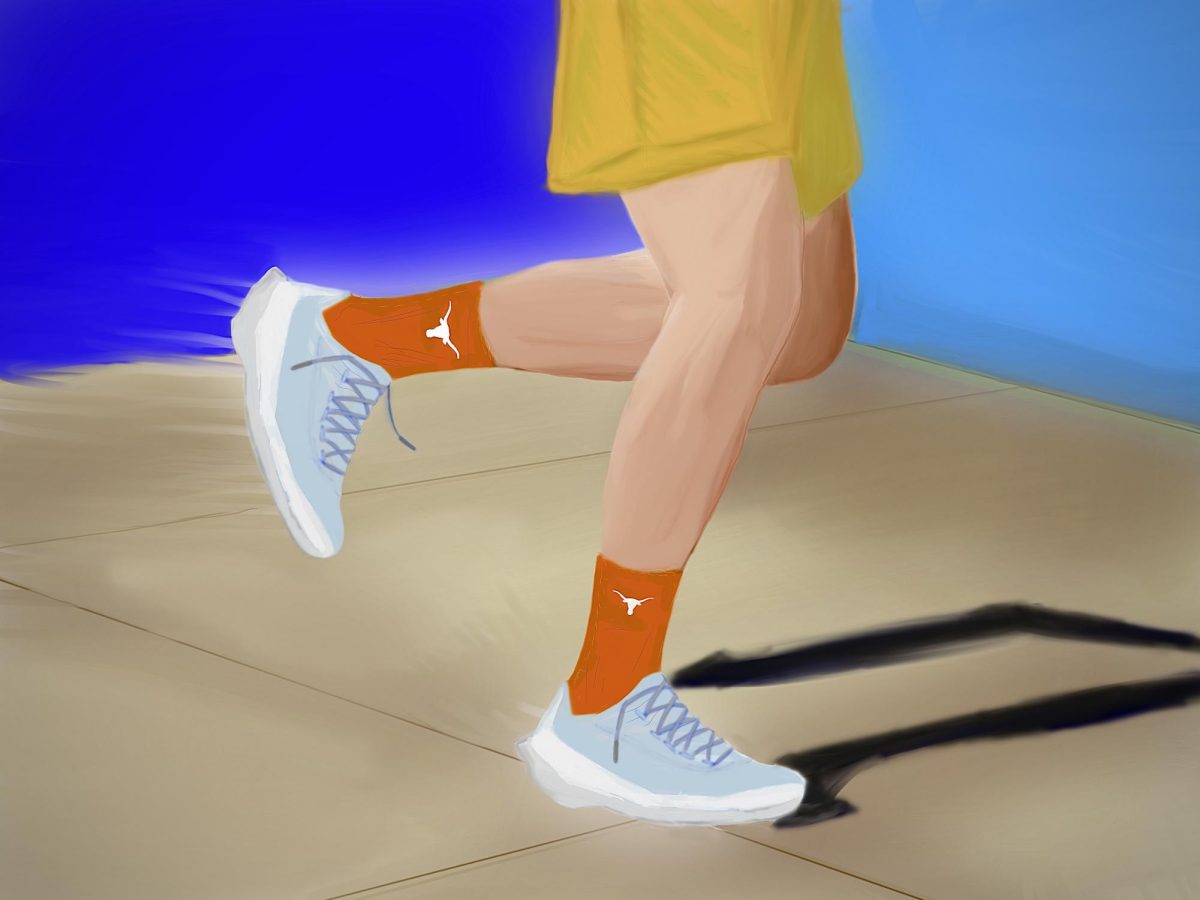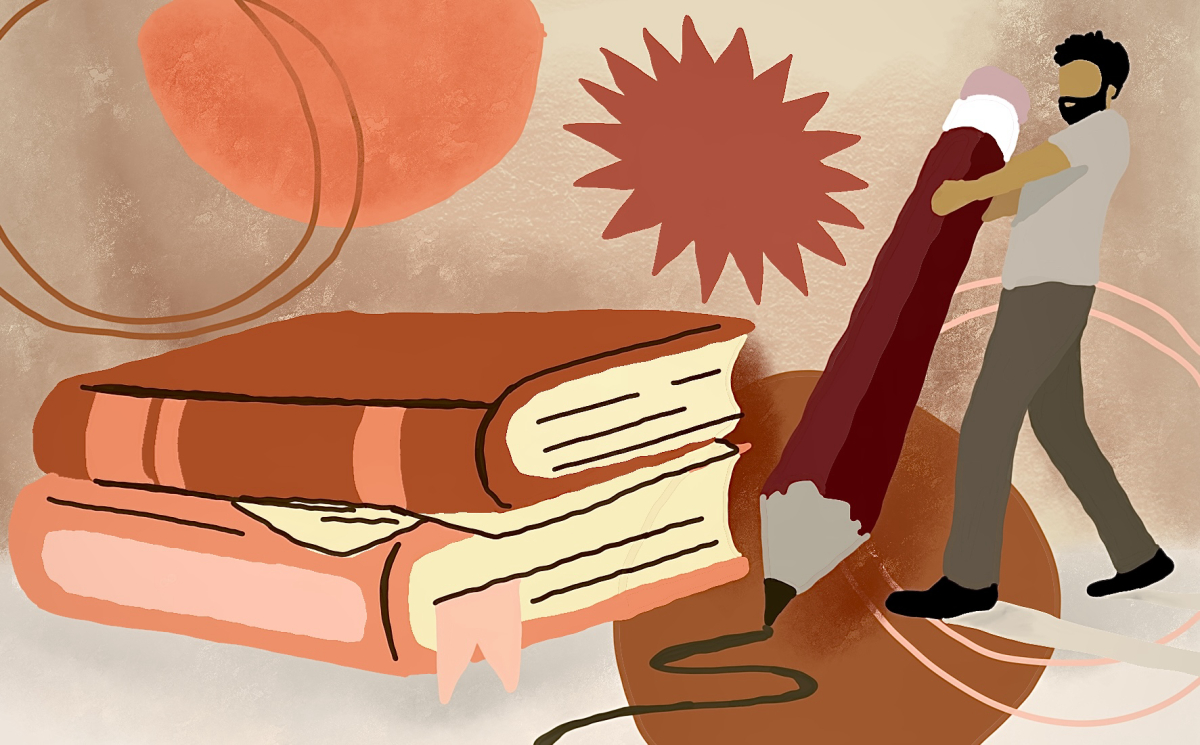As a hard-of-hearing student at UT, closed captions and transcripts are a necessary part of my academic experience that is fulfilled by Disability and Access. While professors are willing to make their classrooms more accessible for students with disabilities — a process normally initiated by an accommodation letter — the classroom should be an accessible and welcoming environment for any student.
While closed captions and transcripts may not be necessary for everyone, they are simple accommodations to incorporate in an academic context.
Closed captions go beyond solely helping students who are deaf or hard of hearing. Closed captions can also improve other students’ quality of learning and focus. Studies have shown that since videos have constant distractions, closed captions can help viewers better digest information.
Sharon Obinna, a speech, language and hearing science sophomore and the historian of the Deaf Culture Alliance, said UT’s population is diverse in a way that closed captions could be beneficial to students with ADHD, autism and those whose first language isn’t English. Obinna, a hearing student who has taken classes taught by professors who are deaf, shared her experiences.
“I find it weird that (in) courses taught by Deaf professors, they make sure that there’s a transcript provided,” Obinna said. “But if a course is taught by hearing professors and maybe there’s a deaf or hard-of-hearing student, … (they) have to go through all these obstacles to make sure that they get there.”
For the disabled community that requires closed captions, incorporating them creates an easier transition into each semester.
“I think it’s something that should be more widely available, especially when a deaf or hard-of-hearing student does come in (so) they don’t have to ask and also wait for that,” said Isabella Candanosa,President of the Deaf Culture Alliance on campus and a speech, language and hearing sciences senior with a track in audiology who is also deaf. “Professors are very understanding and willing to implement those kinds of things.”
Professors’ lack of experience with students with disabilities poses a significant challenge. Elon Lang, an associate professor in the College of Liberal Arts, said he hadn’t had experience with closed caption accommodations at UT until this year.
“I really do feel like there’s a lot of good faith effort that isn’t as successful (in) implementation as it could be,” Lang said.
With classes every semester, professors tend to stick to what they know. But Lang said that accommodation letters prompt more action from faculty.
“I don’t think I’ve actually had that accommodation request before this year,” Lang said. “None of my stuff was very accessible to the hearing impaired. … I think it’s realistic, though. It’s the reason why those accommodation letters prompt more of this kind of action from professors. … We don’t really get a whole lot of mandatory training or coaching from our departments or our programs or even from the University as a whole.”
Some other accessible resources on computers for students with hearing difficulties include Transkriptor, Macbook Live Caption (Beta), Panopto and Otter.ai. While these resources are not perfect since AI-based automated transcripts and captions rarely are, they still offer something to implement within classes.
Whether professors choose to self-transcribe videos or simply post closed captions or transcript resources to Canvas, offering easily accessible closed captions would be a huge first step.
Rail is an English sophomore from El Paso, Texas.

